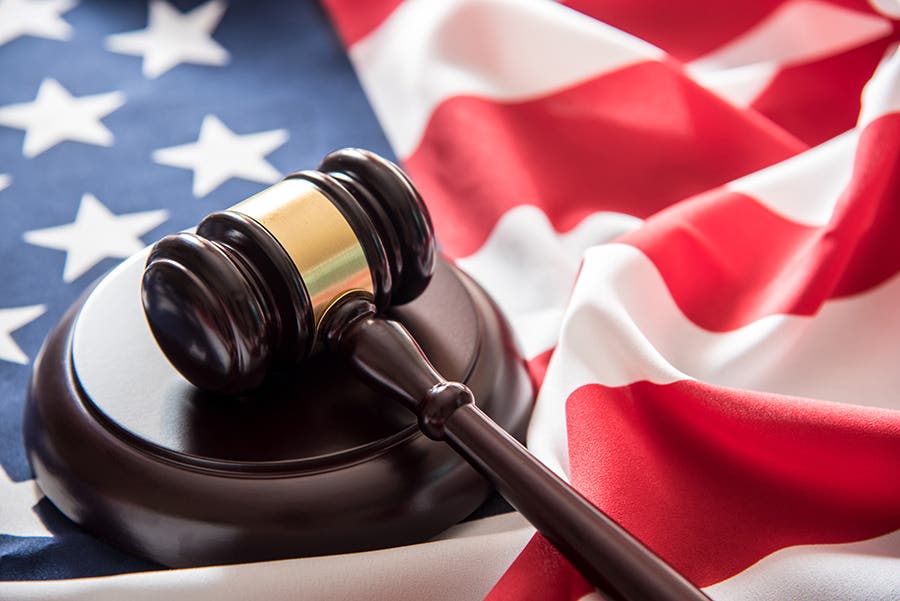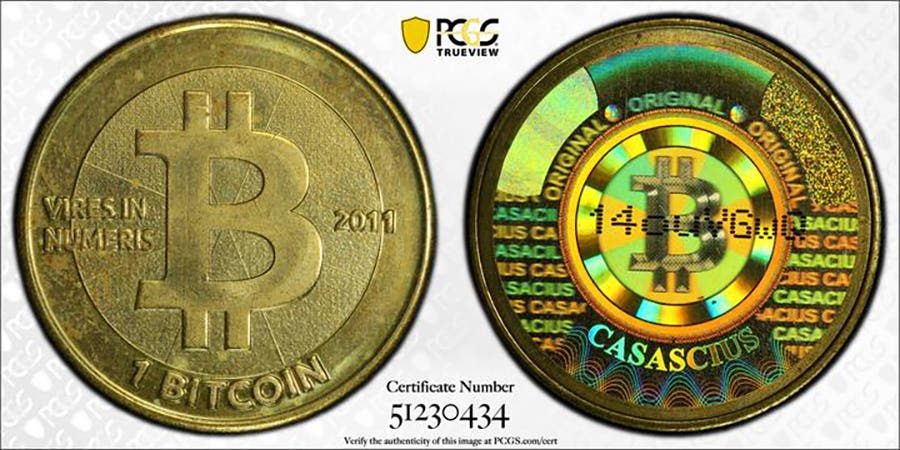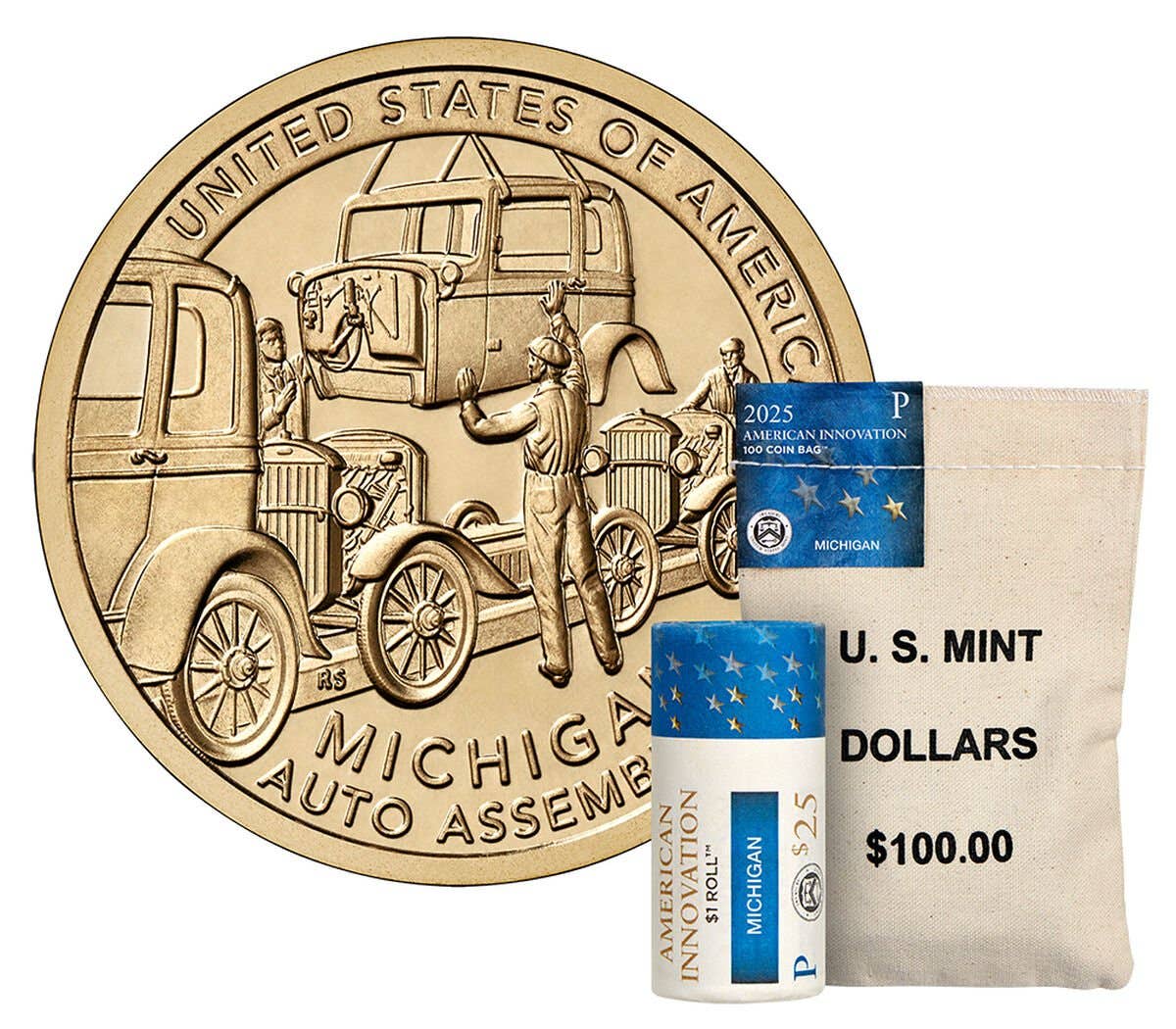Coin And Bullion Sales Tax Exemption Updates
As more states embrace sales tax exemptions for coins and bullion, legislative efforts continue to shape the marketplace. With recent wins in Wisconsin, Kentucky, and New Jersey—and ongoing initiatives in 2025—the push for broader exemptions gains momentum.
With three states, Wisconsin, Kentucky, and New Jersey, adopting some form of precious metals bullion, coin, and currency sales tax exemptions last year, plus the successful efforts to preserve existing exemptions in Nebraska and the state of Washington, the staff of the National Coin & Bullion Association (NCBA) was busy.
Although there are officially now only four states (Hawaii, Maine, New Mexico, and Vermont) that do not yet have some kind of sales and use tax exemption, there is plenty underway in 2025.
Kentucky. Although the Kentucky legislature passed a bullion, coin, and currency sales tax exemption as part of a revenue bill that was to take effect Aug. 1, 2024, the state’s governor attempted to delete it through a line-item veto. After the state’s attorney general issued an opinion that the governor had line-item veto authority only for appropriations bills and not for revenue bills, the bill was sent to the Secretary of State to sign into law.
Kentucky’s governor then instructed the state tax officials to continue collecting sales tax on such products, effectively placing this exemption in limbo. Legislation has been introduced in this year’s legislature, HB2, to compel state officials to comply with the exemption, including a provision that makes these individuals personally subject to suit for failure to adhere to the exemption. A committee hearing on the new bill is scheduled for February 18.
Maine. LD 372, a bill to enact a sales and use tax exemption for gold and silver coins and ingots, was scheduled to be considered in a legislative committee hearing on February 12. NCBA staff have submitted written testimony in support of this bill. There were four other bills of the same or similar language in the process of being introduced in this legislative session. However, this week, they were all consolidated into LD 372 with all the respective sponsors supporting this one.
Maryland. The current Maryland sales and use tax exemption only applies to purchases of $1,000 or more. A bill to eliminate the minimum purchase requirement had a committee hearing (but not yet a vote) on January 31. NCBA has supplied supporting documentation to the bill’s sponsor.
New York. A government panel identified multiple existing sales and use tax exemptions to consider elimination of them. The existing bullion and coin exemption adopted in 1989 is on this list. A legislative committee will hold a hearing on February 27 to consider whether to end this exemption. NCBA Executive Director David Crenshaw has submitted written testimony in support of maintaining this exemption. In my capacity as the volunteer NCBA Industry Issues Advisor, I may speak personally at this committee hearing in support of maintaining the exemption. If I don’t appear in person, I will submit written testimony.
Virginia. Virginia’s exemption has a sunset clause, meaning the exemption will expire within the next two years unless the legislature and governor enact a new law to extend the expiration date further. The bill to renew the exemption was introduced and is going through complicated maneuvering. NCBA staff supplied supporting documentation to the lobbyists pursuing this extension.
There are a few other legislative prospects that are currently being investigated by NCBA staff, which I won’t detail unless something concrete develops. Dealers can support the National Coin & Bullion Association, and collectors may signal their moral support (no monetary contribution required for collectors) by going to the website.
I will report updates as they happen.
As you can see, laws are constantly in flux. New exemptions can be gained while existing laws may be revoked or changed.
Last week’s numismatic trivia question.
Last time, I asked—Who was the model for his portrait on an issue of U.S. currency who never saw the notes enter circulation? The Series 1899 $5.00 Silver Certificate is nicknamed the “Indian Chief.” In the center of the obverse is the portrait of Hunkpapa Sioux Chief Running Antelope. While posing for the artwork for the note, engraver G.F.C. Smillie noticed that the Chief’s headdress did not fit in the space. When Chief Running Antelope was asked to wear instead the headdress of a Pawnee Chief, a tribe that was a Sioux enemy, he refused. Smilie allowed the Chief to wear his own headdress, then had someone else pose wearing the Pawnee headdress to finish the artwork. Chief Running Antelope was never aware of this subterfuge, as he died before the first of these notes entered circulation.
This week’s trivia question
Here is this week’s question. What is the lowest denomination U.S. coin issued based on its metal value? Come back next week for the answer.
Patrick A. Heller was honored as a 2019 FUN Numismatic Ambassador. He also received the American Numismatic Association 2018 Glenn Smedley Memorial Service Award, the 2017 Exemplary Service Award, the 2012 Harry Forman National Dealer of the Year Award, and the 2008 Presidential Award. Over the years, he has also been honored by the Numismatic Literary Guild (including twice in 2020), the Professional Numismatists Guild, the Industry Council for Tangible Assets, and the Michigan State Numismatic Society. He is the communications officer of Liberty Coin Service in Lansing, Mich., and writes “Liberty’s Outlook,” a monthly newsletter on rare coins and precious metals subjects. Past newsletter issues can be viewed at www.libertycoinservice.com. Some of his radio commentaries, "Things You ‘Know’ That Just Aren’t So,” and “Important News You Need To Know,” can be heard at 8:45 a.m. Wednesday and Friday mornings on 1320-AM WILS in Lansing (which streams live and becomes part of the audio archives posted at www.1320wils.com).
You may also like:








